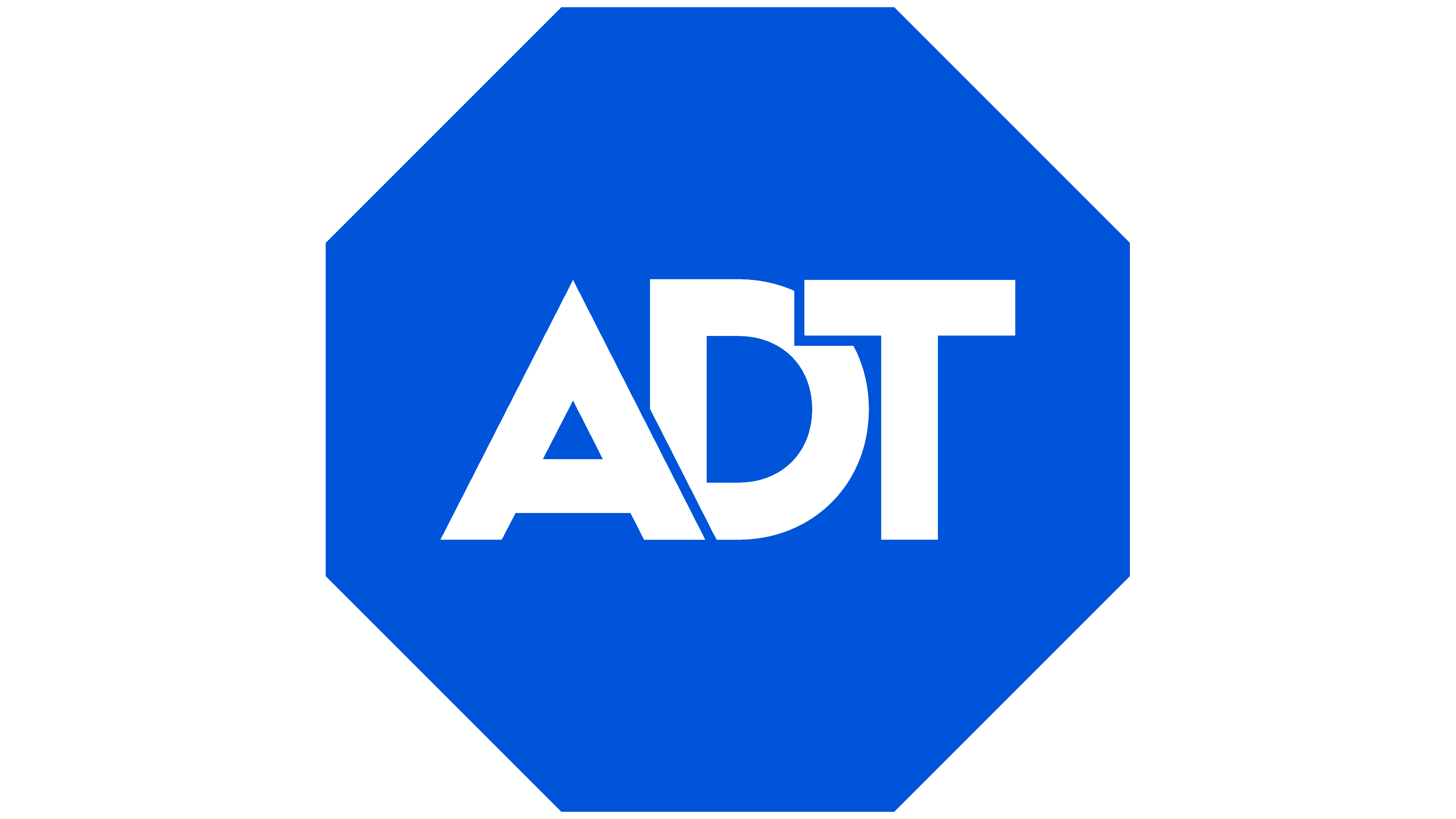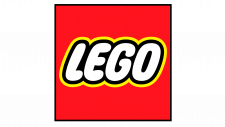ADT Logo
ADT Inc. is a prominent American company specializing in security and alarm monitoring services. Catering to both residential and commercial markets, they offer solutions like burglary detection, fire safety, and surveillance systems. Currently, ADT boasts a significant presence in North America, serving millions. As a publicly traded entity on the NYSE under the ticker “ADT,” the company’s ownership is divided among its shareholders. Their commitment to innovation and safety has cemented their reputation as a trusted security solutions provider in the industry.
Meaning and history
Founded in 1874, ADT originally stood for American District Telegraph, starting its journey as a telegraph delivery company. With the decline of the telegraph industry, the company pivoted towards security solutions, a move proving both innovative and fruitful.
In the 20th century, ADT established its dominance in the U.S. security market, introducing advanced alarm systems and central monitoring stations. The 1960s and 70s saw ADT expanding its offerings, diving into electronic security systems and automated fire detection.
Throughout its history, ownership of ADT underwent several changes. Acquired by Lord Ashcroft’s Hawley Goodall in the 1980s, it was later renamed ADT Security Services. Then, in the 1990s, Western Resources purchased ADT, transforming it into a separate subsidiary named ADT Security Services, Inc.
Tyco International acquired ADT in the late 1990s, and for over a decade, ADT operated under its umbrella, further consolidating its position in North America’s security sector.
2012 marked a significant change, as Tyco decided to split various portions of its business. ADT became a standalone, publicly-traded company on the NYSE. Not long after, in 2016, a merger with Protection 1 took place, which further solidified ADT’s standing and expanded its customer base.
Today, after nearly 150 years of operations, ADT remains a household name in security, symbolizing trust, innovation, and dedication to its customers’ safety.
1913 – 1936
This iteration showcased a pristine elliptical shape framed by a dark boundary, with a swift arrow darting across horizontally. Within this ellipse, the words “A.D.T. PROTECTION SERVICES” were elegantly spread across three separate tiers and aligned perfectly at the center. The emblem evoked a sense of motion and security, emphasizing the brand’s dedication to safeguarding its clientele. The typographic choice was deliberate, aiming to highlight the company’s legacy while adapting to modern design aesthetics. The arrow symbolized the company’s forward momentum and relentless pursuit of excellence in the security domain. Overall, this emblem perfectly encapsulated ADT’s ethos of trust, vigilance, and innovation.
1936 – 1964
The logo’s architects ingeniously integrated the letters “A,” “D,” and “T.” The configuration was such that “A” enveloped the base of “D” while “T” overshadowed its top. Flanking the centerpiece “D” were diminutive black orbs, adding subtle detailing to the design. This creative interplay of characters not only showcased the brand’s initials but also exuded a sense of unity and cohesiveness. The addition of these modest dots provided a balanced visual anchor, making the logo more symmetrical and enhancing its aesthetic appeal. The whole ensemble emphasized the company’s knack for innovation, harmoniously blending simplicity with intricate design elements.
1964 – Today
Midway through the previous century, the corporation transitioned to a more streamlined wordmark, omitting the encircling ring. The revamped design bore a resemblance to a monogram due to the way “A” and “T” slightly enveloped the central “D.” Each of the three characters was crafted with prominence, exhibiting a robust black hue. This minimalist yet impactful approach reflected the brand’s evolution, signifying its adaptability and commitment to modernity. By seamlessly intertwining the characters, the design conveyed unity and synergy, highlighting the firm’s cohesive approach to its endeavors and its established presence in the industry. The boldness of the letters further underscored the company’s strength and reliability.
1989 – Today
In the year 1989, creative minds decided to transform the acronym, giving it a pristine white hue, and then positioning it within a deep blue rectangular backdrop. This design choice not only accentuated the contrast between the letters and their background, but also added a modern touch, making the logo more memorable and recognizable. The combination of white and blue exuded a sense of trust and reliability, values intrinsic to the brand’s identity. Even today, this design remains pertinent, reflecting the company’s enduring commitment to excellence and its ability to stand the test of time. The choice of colors and simplicity showcases the brand’s adaptability and timelessness, resonating with both old and new audiences alike. It’s a testament to thoughtful design choices having lasting impacts.
2007 – 2017
In early 2007, the company underwent a significant branding overhaul, unveiling a fresh logo to mark its evolution. Encased within a deep blue octagonal shape were the familiar letters “ADT.” This octagon was further highlighted with a distinct white border that framed the entire design. Moreover, an additional inner white lining traced the inner perimeter of the octagonal shape, adding depth and dimension to the emblem. This modern transformation not only rejuvenated the brand’s image but also emphasized its commitment to progression, security, and innovation. The careful interplay of colors and shapes conveyed both authority and trustworthiness, integral values to the brand’s mission and vision. It was a design that gracefully combined tradition with modernity, reflecting the company’s storied past and its forward-looking aspirations.
2017 – Today
The most recent revamp streamlined the brand’s visual identity, emphasizing flexibility and modern aesthetics. The creators selected a softer hue of blue, imparting a more contemporary feel. Gone were the delicate white trims, replaced by a minimalist approach that resonated with today’s design sensibilities. This evolution was not just about simplification but also about ensuring that the brand could seamlessly integrate into various platforms and mediums. The choice to lean towards a modern, cleaner design reflected the company’s commitment to staying abreast with the times while also prioritizing clarity and adaptability in its brand representation. The resulting design captured the essence of the brand while also being attuned to the preferences and trends of the present day.

















